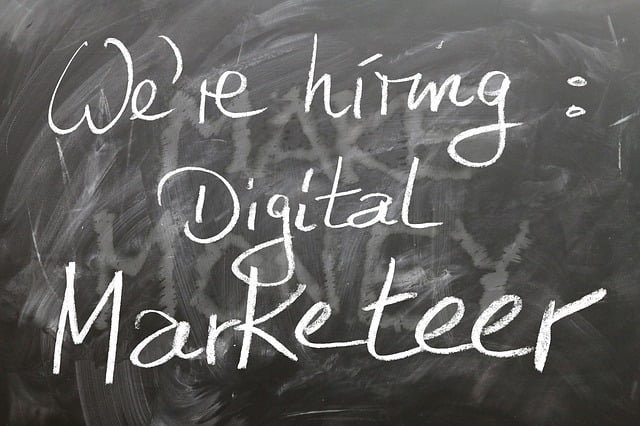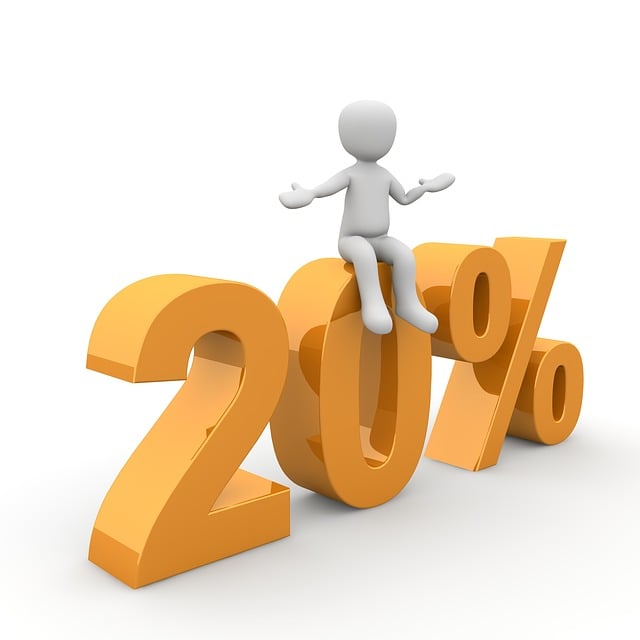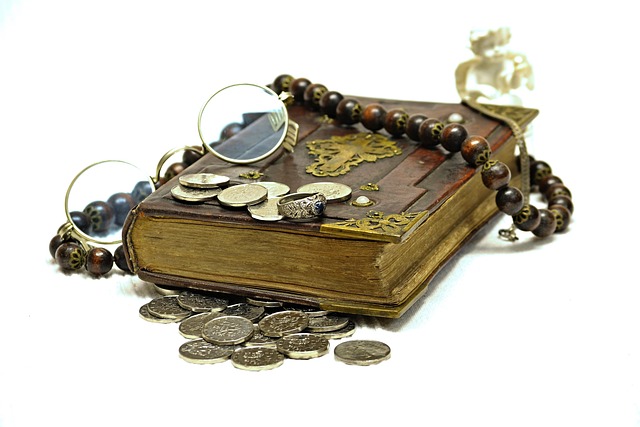TL;DR:
UK Art Catalogs and Exhibition Brochures Translation Services must adapt their strategies based on regional preferences to effectively reach diverse audiences across England, Scotland, Wales, and Northern Ireland. Accurate translations require understanding local linguistic landscapes, cultural nuances, idioms, and art-related terminology. This involves preserving the essence of artworks while catering to specific tastes and historical contexts. Specialized translators delve into local markets and audiences to capture regional specifics, ensuring catalogs and brochures resonate with target communities. Human expertise, alongside machine translation tools, is vital for achieving both accuracy and cultural sensitivity in these services.
In today’s globalized art scene, effectively reaching diverse audiences across the UK requires tailored translations that resonate with regional preferences. This article explores the intricate process of translating UK art catalogs and exhibition brochures, delving into cultural context and linguistic nuances. From understanding regional variations to leveraging tools for accurate adaptations, we uncover strategies ensuring these resources connect with local audiences profoundly. Discover how successful case studies guide translation services toward enhancing accessibility and appreciation of art in diverse regions across the UK.
- Understanding Regional Preferences in the UK Market
- The Role of Language in Cultural Contexts
- Adapting Translations for Different Regions
- UK Art Catalogs: Capturing Local Audiences
- Exhibition Brochures and Their Unique Challenges
- Tailoring Content for Regional Sensitivity
- Linguistic Nuances and Their Impact
- Case Studies: Successful Regional Translation Projects
- Tools and Strategies for Accurate Adaptations
- Future Trends in UK Art Translation Services
Understanding Regional Preferences in the UK Market

In the competitive UK market, understanding regional preferences is key for success in industries like art and culture. When it comes to marketing art catalogs and exhibition brochures, nuances in language and cultural context can significantly impact engagement. For example, while a direct approach might work well in urban centers like London, a more subtle or descriptive style could be preferred in rural areas.
UK Art Catalogs and Exhibition Brochures Translation Services should thus tailor their approaches to resonate with local audiences. This involves not only translating content accurately but also adapting it to reflect the unique cultural and linguistic landscape of different regions within the UK. By doing so, these services contribute to enhancing cross-cultural communication and ensuring that art and cultural events reach a broader, more appreciative audience throughout the country.
The Role of Language in Cultural Contexts

Language plays a pivotal role in shaping cultural contexts, especially within diverse regions. When it comes to translation services for UK art catalogs and exhibition brochures, understanding this contextual aspect is essential. Each region has its unique linguistic nuances and cultural preferences that can significantly impact how information is perceived and received. For instance, the use of specific terms or idiomatic expressions might resonate in one country but need adaptation or complete avoidance in another.
In the UK, for example, certain artistic references or historical events may have well-known meanings, requiring translators to be adept at localizing such content accurately. This involves not just converting words from one language to another but also ensuring that the translated material aligns with the target region’s cultural norms and expectations. By tailoring translations to these preferences, UK art catalog and exhibition brochure translation services can bridge cultural gaps, making artistic expressions accessible and appealing to diverse audiences across regions.
Adapting Translations for Different Regions

When providing translation services for UK art catalogs and exhibition brochures, it’s crucial to understand that one-size-fits-all approach rarely works. Different regions have distinct cultural nuances, idiomatic expressions, and even subtle variations in language use. For instance, what sounds poetic in one region might be considered clunky or direct in another. Therefore, translating these documents requires more than just word-for-word substitutions; it demands a deep understanding of both the source and target cultures.
Adapting translations for diverse regions involves localizing content beyond language. It includes incorporating regional art references, adjusting terminology to resonate with local audiences, and ensuring that cultural subtleties are preserved or effectively communicated. For UK art materials, this might mean tailoring descriptions, titles, and even artistic styles to appeal to specific tastes and historical contexts. By doing so, translation services can create engaging, accurate, and culturally sensitive resources for art enthusiasts across the UK.
UK Art Catalogs: Capturing Local Audiences

In the UK, art catalogs and exhibition brochures play a vital role in engaging local audiences with artistic content. These publications serve as a gateway for viewers to explore cultural offerings, making accurate translation services indispensable. When translating such materials, it’s essential to understand regional preferences and dialects to ensure the text resonates with the intended audience. For instance, UK-based art catalogs must convey information clearly while adapting to diverse cultural nuances across England, Scotland, Wales, and Northern Ireland.
Exhibition brochure translation services tailored for the UK market require a deep understanding of local terminology related to art, history, and geography. Professional translators should also be adept at translating subtle cultural references and idiomatic expressions to maintain the essence of the original content. By capturing the unique linguistic landscape of each region, these translated catalogs and brochures become powerful tools for curating and promoting artistic experiences, fostering a deeper connection between art enthusiasts and local exhibitions.
Exhibition Brochures and Their Unique Challenges

Exhibition brochures, a key marketing tool for art galleries and museums, present unique challenges when it comes to translation services, especially in a diverse market like the UK. These publications often require not just accurate language conversion but also an understanding of regional cultural nuances. For instance, a phrase that flows naturally in one English dialect might sound awkward or even alien in another.
UK art catalogs and exhibition brochures demand translations that capture the essence of the artwork while appealing to a diverse audience. Professional translation services should consider local preferences for language style, idiom, and even humor. This is where experienced translators with knowledge of UK cultural context play a vital role. They can ensure that the brochure not only communicates the exhibition’s details effectively but also resonates with visitors from various regions within the UK.
Tailoring Content for Regional Sensitivity

When offering translation services for UK art catalogs and exhibition brochures, understanding regional preferences is key. Each area within the UK has its own unique cultural nuances and language variations that can greatly impact how information is received and interpreted. For instance, subtle differences in colloquialisms, humor, and even color associations can exist between England, Scotland, Wales, and Northern Ireland.
Tailoring content for regional sensitivity involves more than just translating words. It requires a deep understanding of local art markets and audiences. For example, when translating exhibition descriptions, UK-based translators should be aware of regional artistic trends and historical references that resonate with the target audience. This ensures that brochures and catalogs effectively communicate the essence of the art pieces and exhibitions to their respective regional communities.
Linguistic Nuances and Their Impact

In the realm of translation services, especially for UK art catalogs and exhibition brochures, understanding linguistic nuances is paramount. Language isn’t merely a system of words; it’s a cultural construct that carries subtle yet powerful variations across regions. What sounds elegant in one part of the world might be perceived differently in another, even within the same language. For instance, idiomatic expressions that resonate in the UK may not translate well to international audiences without losing their original intent and impact.
These nuances can significantly affect how art is presented and received. A translation that fails to capture the subtleties of an artist’s intention or a historical reference within a particular region risks misrepresenting the artwork itself. Therefore, when translating UK art catalogs and exhibition brochures, specialized translators must not only master the language but also be attuned to these regional preferences. This ensures that the translated content resonates with the intended audience, fostering a deeper appreciation of the art rather than creating barriers through linguistic misunderstandings.
Case Studies: Successful Regional Translation Projects

Regional translation projects, especially in sectors like art and culture, require a nuanced approach to connect with local audiences. For instance, UK-based art catalogs and exhibition brochures often face the challenge of appealing to diverse readerships across England, Scotland, Wales, and Northern Ireland. Each region boasts its unique linguistic nuances and cultural preferences. A successful translation service for these materials must consider not only the language but also the specific cultural context.
Take, for example, a recent project where a UK art gallery aimed to expand its reach by translating its catalog into Scottish Gaelic. This initiative not only catered to a smaller linguistic community but also demonstrated respect for Scotland’s distinct culture and heritage. The translation accurately reflected the local artistic scene, ensuring that Scottish readers could connect with the content on a deeper level. Similarly, another project involved adapting exhibition brochures for use in Wales, incorporating Welsh terms for art forms and mediums while maintaining the aesthetic appeal of the original design. These case studies highlight how tailored translations can enhance cultural exchange and create memorable experiences for diverse audiences across the UK.
Tools and Strategies for Accurate Adaptations

When adapting translations for regional preferences, especially for UK art catalogs and exhibition brochures, it’s crucial to go beyond simple word-for-word translations. Tools like machine translation (MT) platforms can be a good starting point, offering quick overviews of text. However, MT often falls short in capturing nuances, idiomatic expressions, and cultural references that are essential for accurate adaptations.
To ensure the best results, human translators skilled in both the source and target languages should refine machine translations. They bring an understanding of regional dialects, art-specific terminology, and cultural context to the table. Additionally, leveraging style guides specific to UK art catalog and brochure content ensures consistency across translations. This involves customizing language usage, tone, and even layout to resonate with local audiences, enhancing the overall effectiveness of communication in UK art exhibitions and catalogs.
Future Trends in UK Art Translation Services

The future of UK art translation services looks set to be shaped by a growing demand for specialized, nuanced interpretations that cater to diverse cultural tastes and preferences. With the UK’s rich artistic heritage and its position as a global cultural hub, there is an increasing need for high-quality translations of art catalogs, exhibition brochures, and related materials.
Technological advancements, such as machine translation tools, will play a significant role in streamlining the process. However, these tools are expected to be refined further, with a greater emphasis on maintaining artistic integrity and cultural accuracy. Human translators skilled in both language and art history will remain indispensable, ensuring that the essence of UK art is conveyed effectively to international audiences. This blend of technology and human expertise will allow for more accessible and engaging translations of art-related content, contributing to the global appreciation and understanding of British artistic expressions.
In navigating the complex landscape of UK art translation services, understanding regional preferences is key. By adapting translations for specific areas, from exhibition brochures to art catalogs, professionals can effectively capture local audiences and foster cultural connections. This tailored approach leverages linguistic nuances and ensures that artistic messages resonate deeply with diverse communities across the UK. As market trends evolve, leveraging advanced tools and strategies will be vital for precise adaptations, enhancing the overall impact of art translation services in this vibrant cultural setting.



